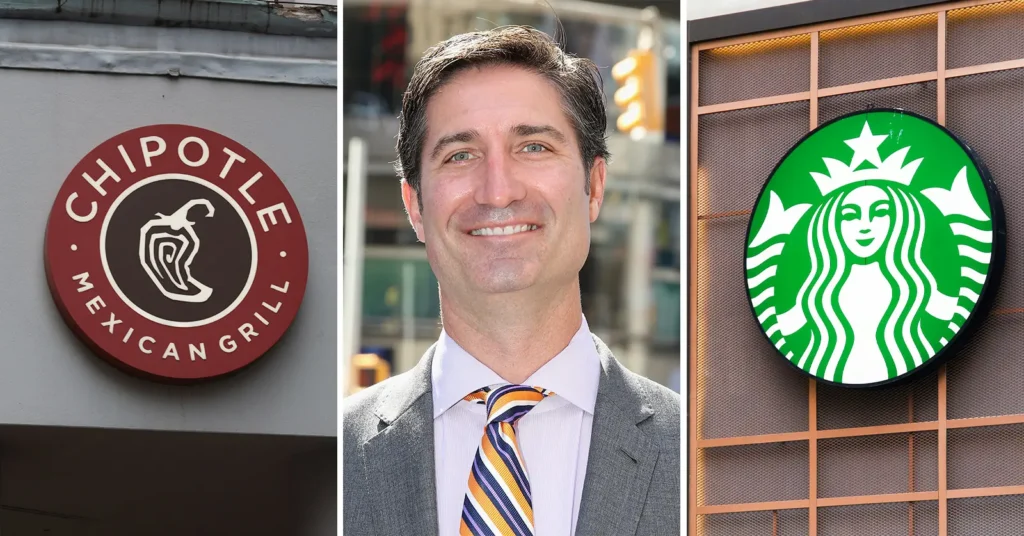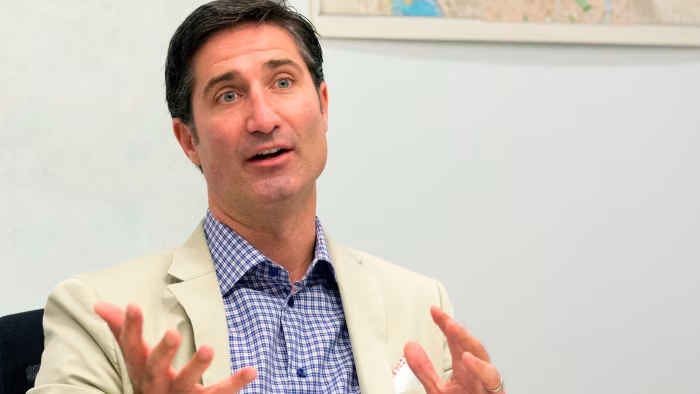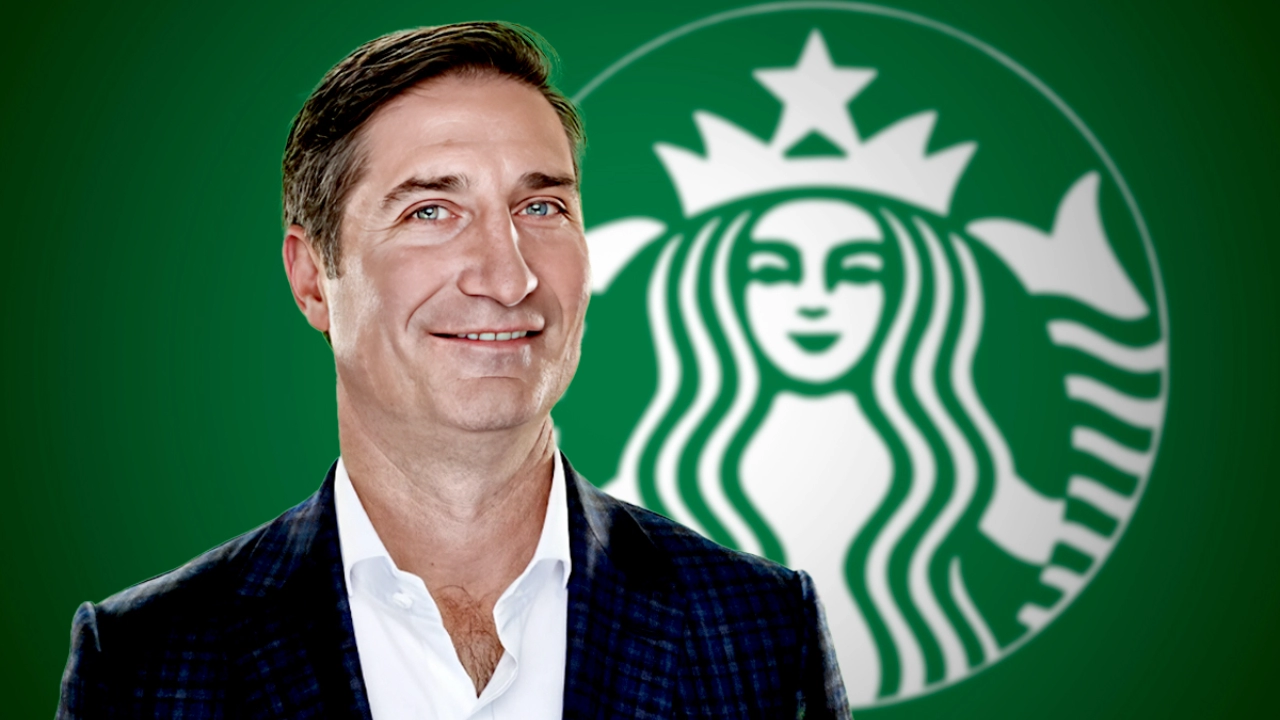Key Contents
The world of corporate leadership is seeing a shift in the traditional norms of CEOs and their work habits. In a surprising move, Starbucks’ new CEO, Brian Niccol, has announced that he will not be relocating to Seattle, where the company is headquartered. Instead, he plans to supercommute, continuing to reside in his current location while managing the company from afar. This unconventional decision has raised eyebrows in the business community, sparking discussions about the future of leadership roles and how this new approach could impact Starbucks’ operations.
Brian Niccol’s Background and New Role at Starbucks
Brian Niccol, a seasoned executive, brings a wealth of experience to Starbucks, having previously led fast-food giant Chipotle Mexican Grill. His leadership at Chipotle was marked by a successful turnaround of the brand, particularly after food safety scandals that shook the company. With a keen understanding of consumer trends and an emphasis on digital transformation, Niccol’s arrival at Starbucks is highly anticipated.

According to CNBC, Niccol plans to supercommute from his current residence rather than relocating to Seattle, a move that allows him to maintain personal and family stability while still fulfilling the demands of his new role. In an era where remote work and flexible working conditions are becoming more accepted, this decision highlights how even top executives are rethinking the traditional office-based leadership model.
Supercommuting: A Growing Trend Among Corporate Executives
Supercommuting, where executives or employees work in a different city or state and frequently travel to the main office, is becoming increasingly common. For Brian Niccol, this approach aligns with his personal preferences and the changing nature of work. By not relocating to Seattle, Niccol can enjoy the flexibility to manage his duties while preserving his home life.
With advancements in technology and virtual collaboration tools, the need for a CEO to be physically present at headquarters every day is diminishing. This flexibility can lead to improved work-life balance and as Starbucks continues to push forward in digital retail innovation, Niccol’s supercommuting might even represent a new norm for the company’s leadership.
How Will This Decision Impact Starbucks?
The decision to supercommute raises questions about how Starbucks will function under Niccol’s leadership. Some critics might argue that a CEO’s physical presence is essential, particularly in a company as large and complex as Starbucks. The coffee giant has always prided itself on being deeply rooted in Seattle’s culture and having a CEO based elsewhere could feel like a disconnect for employees at the headquarters.

However, Niccol’s proven track record in steering companies through challenging times offers reassurance. His experience in leading Chipotle remotely during the COVID-19 pandemic and overseeing the company’s transformation highlights his ability to adapt to modern leadership styles. In fact, Niccol has been praised for prioritizing technology and digital innovation, which aligns with Starbucks’ strategic direction.
Starbucks and the Digital Transformation Strategy
Under previous leadership, Starbucks made significant strides in embracing technology, particularly with its mobile app and digital rewards program. As consumers increasingly rely on mobile orders, delivery and drive-thru services, Niccol’s background in digital transformation positions him well to take Starbucks’ efforts to the next level.
His decision to supercommute may even be a symbolic shift, indicating Starbucks’ broader move toward a more decentralized, tech-driven approach. Niccol’s leadership could focus on ensuring that Starbucks continues to innovate in the digital space while still maintaining its unique brand identity.
Challenges and Opportunities for Niccol as Starbucks’ CEO
While supercommuting offers personal benefits for Niccol, it also presents potential challenges. Maintaining a strong connection with employees and partners in Seattle could be harder when not being physically present. As Starbucks undergoes growth and innovation, particularly with its expansion into new markets and sustainability efforts, Niccol will need to ensure his leadership remains visible and impactful.

On the flip side, Niccol’s decision offers an opportunity to showcase the effectiveness of modern, flexible leadership. If Starbucks thrives under his remote leadership, it could serve as a model for other major corporations to rethink how their executives lead from afar. The potential success of this strategy could even pave the way for more CEOs to adopt similar approaches, emphasizing work-life balance without compromising business performance.
To Get the Latest News Updates, Click Here.
